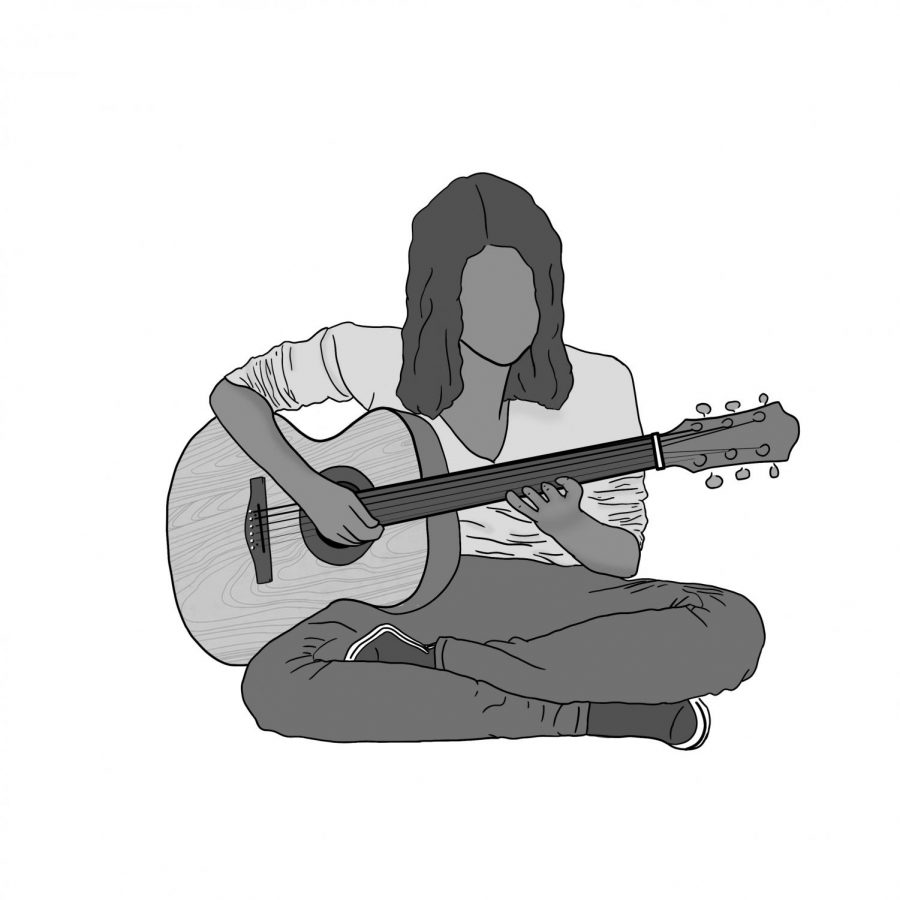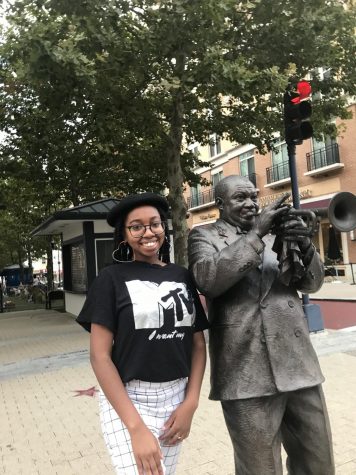The creative arts have the ability to impact a person’s life more than one could imagine. They can stimulate individuals both visually and mentally in ways other things can’t. They capture our imagination in such a vibrant way that when we don’t have the words to say, the arts offer us an alternative outlet to express ourselves.
With that being said, the creative arts are not just for casual gratification, but they can be used as a remedy for people who have experienced trauma or tribulations.
Art and music therapy — two very valid forms of therapy — can be crucial to a person’s journey to healing. Being a creator myself, there have been times when I have thought about pursuing music therapy both as a career choice and as a part of my personal healing journey.
In doing my research about various types of therapy, I learned that in art and music therapy, therapists use creativity for the treatment and diagnosis of a number of disorders and conditions. It is used in schools, hospitals, nursing homes, private practices and other sites where medical treatment occurs. I also discovered, however, that health insurance carriers do not cover art or music therapy.
It’s disheartening to even begin to comprehend this because it makes me think health insurance companies don’t believe in the power of art and music therapy. They aren’t willing to take the time to understand how effective these methods can be on one’s road to healing, despite all the evidence to support it.
Both art and music therapy have been apart of the healing process for many people with health conditions that include but are not limited to depression, cancer, autism and Alzheimer’s.
Art therapy consists of a therapist guiding the patient in utilizing visual arts as an avenue to communicate their emotions. Through various mediums such as paint, pastels, and pens, the patient will convey feelings that may be extremely difficult to express in words. It is often used when dealing with trauma, grief, addiction, stress, and anxiety. The benefits of art therapy include conflict resolution, a feeling of self-fulfillment and better ways to cope with pain.
I have personally sought after music therapists in the San Diego area and as a college student, it is almost unrealistic nor a wise option for me to pursue at this time merely because of financial setbacks. I don’t have the money to pay out of pocket for regular therapy so thankfully, I have insurance to cover it.
Music therapy has been proven to reduce pain, stress, and loneliness, all of which are all things I have become accustomed to in my life — especially as an out-of-state college student here at San Diego State. I just wish insurance carriers would add music therapy to the wide array of things they cover so I could utilize this alternative route as I heal over time.
With music therapy, the objective goes hand-in-hand with the proven fact that music can be used to improve one’s life by relieving depression, stress, and lowering heart rate. This doesn’t just get the patient involved with listening to music, but they sing, play instruments and write songs as well. Music therapy helps with improving the way the patient communicates.
As someone who is a musician and an aspiring music producer, my everlasting question is this: Why can’t art and music therapy be accessible to a college student like me?
Or more importantly, why can’t art and music therapy be covered by health insurance so a college student like me can continue to work toward obtaining a level of peace that I’ve been dreaming about for a long time?
Health insurance carriers should take this evidence into consideration and actively engage in conversations regarding pushing towards routes they can take to cover art and music therapy fees for the benefits of us all. Not covering these forms of therapy is depriving their patients of healing.
Trinity Bland is a sophomore studying journalism. Follow her on Twitter @trinityaliciaa.










